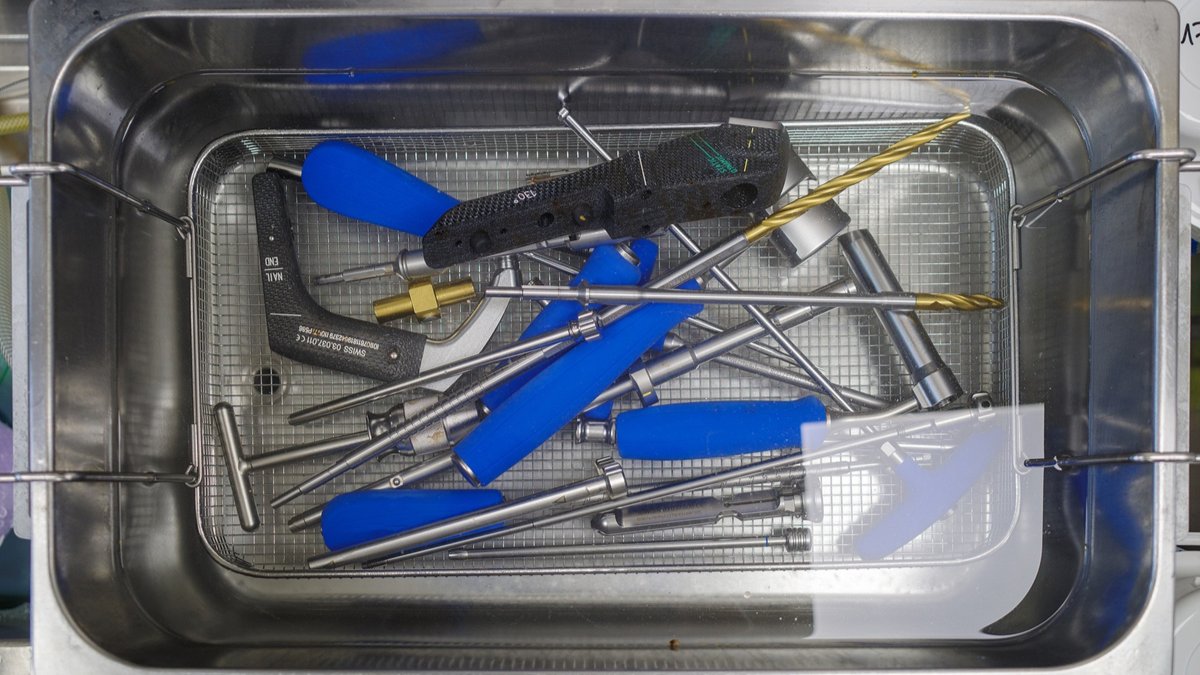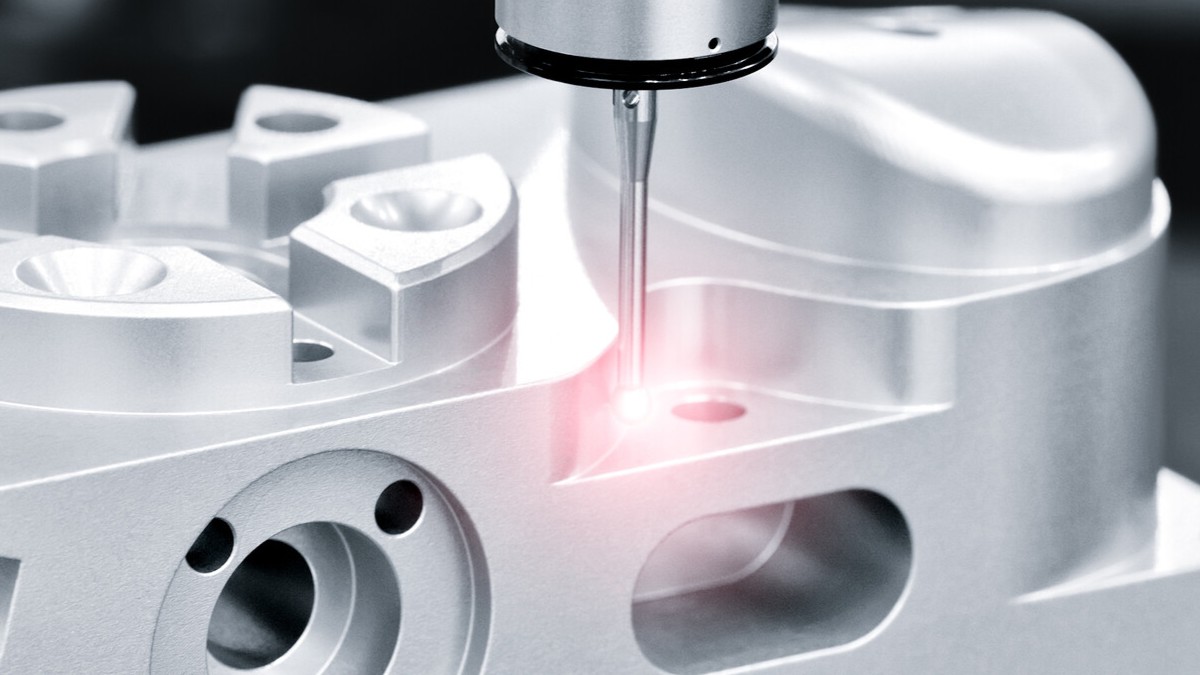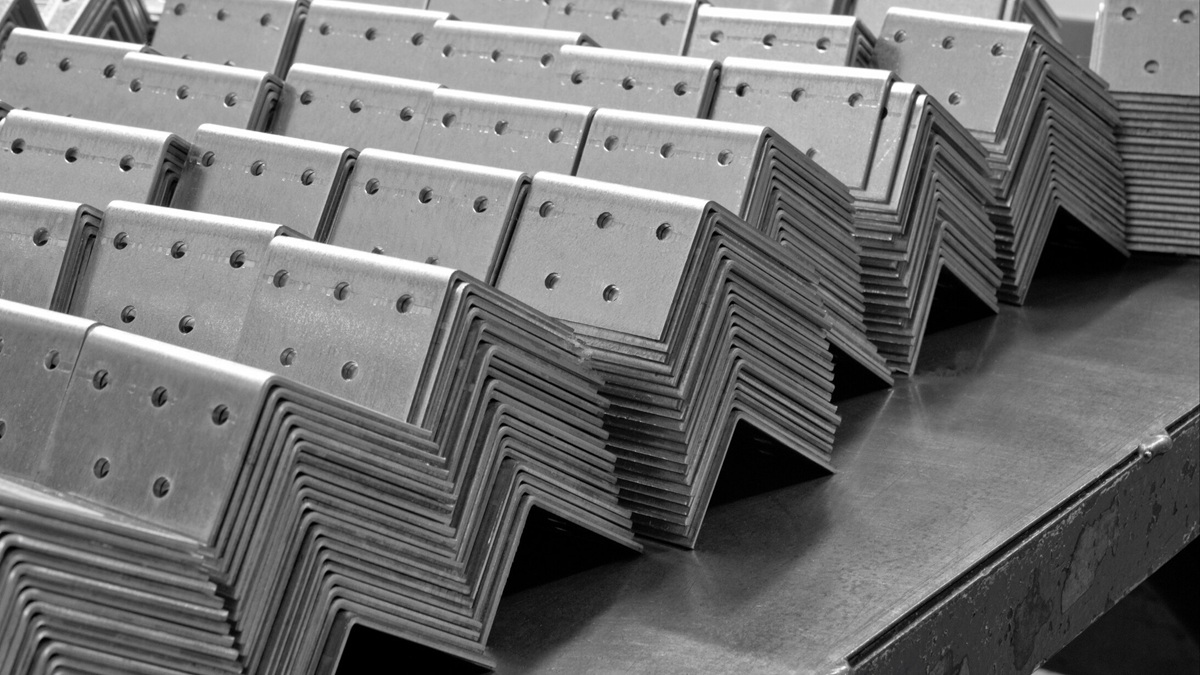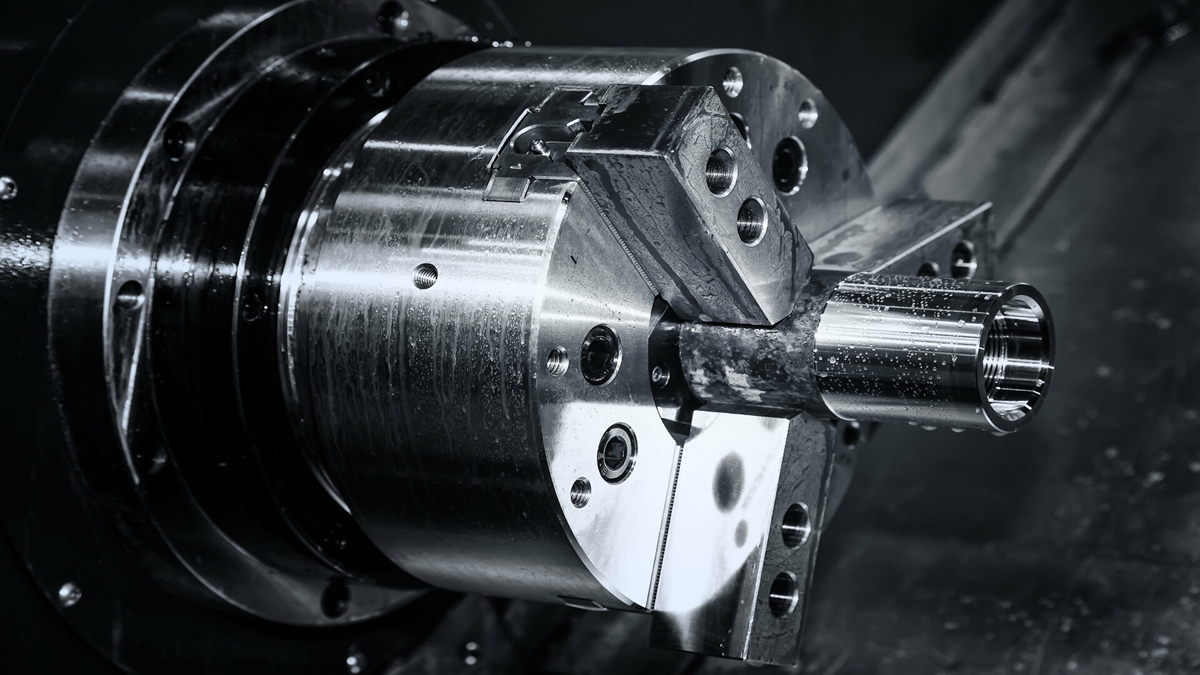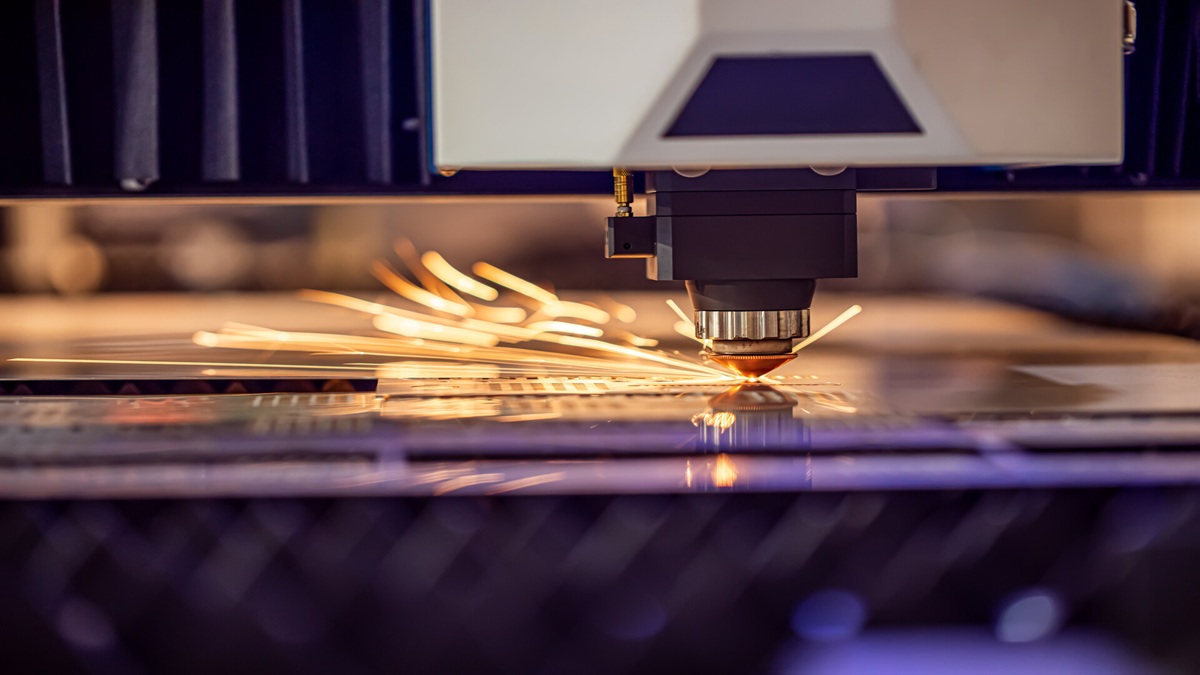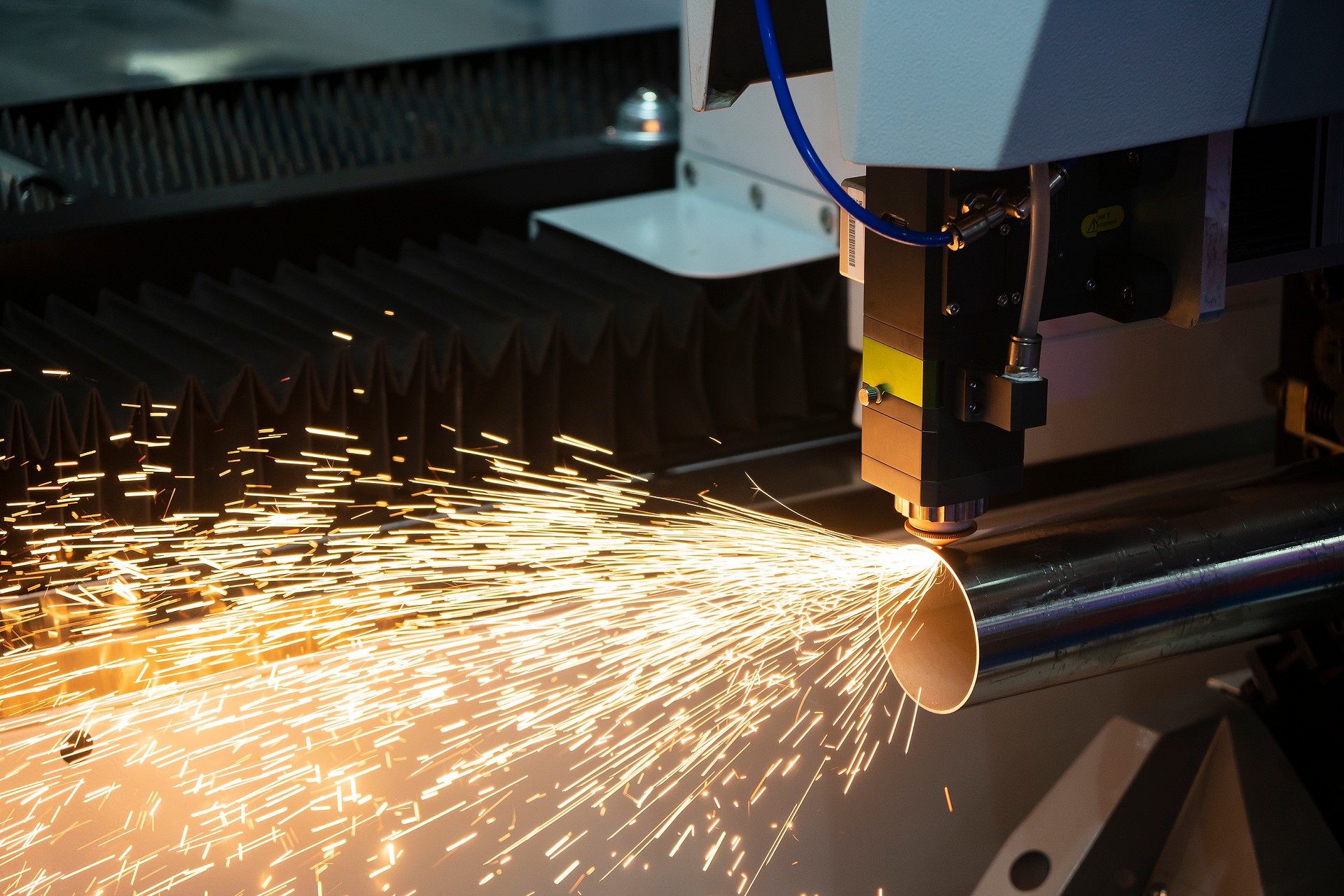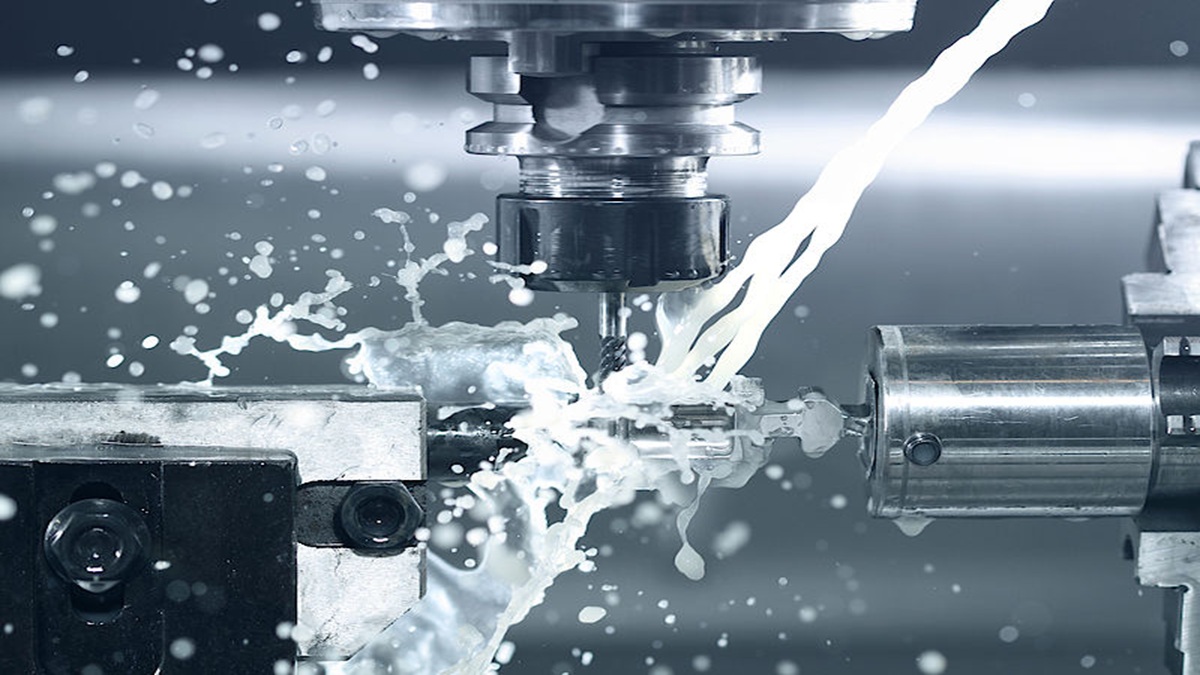Spray guns are essential tools for professionals and DIY enthusiasts alike, helping them work efficiently. However, like any other tool, keeping a spray gun in top condition requires regular cleaning and maintenance. Understanding how your spray gun works and performing routine upkeep are the two keys to ensuring stable operation and a long service life.
How a Spray Gun Works: A Look at the 3 Main Types
Before we dive into the details of maintenance, let's understand the basic mechanics of how a spray gun works. Based on their atomization method, the most common types of spray guns on the market are:
- Air Atomizing Spray Gun
This type of gun uses compressed air to break paint into fine particles, creating a uniform coating. An example is an HVLP (High Volume Low Pressure) spray gun, which uses a large volume of low-pressure air for atomization. This significantly improves transfer efficiency and reduces wasteful overspray. Coatings produced by an HVLP gun are smooth and soft, making them ideal for jobs that require high-quality finishes and material savings.
- Airless Spray Gun
This type of gun uses a high-pressure pump system to force paint out directly without using compressed air. The high pressure creates a fine mist. This method allows for the quick application of thick coatings and is perfect for large-scale projects like steel structures or wall painting. It can apply a thick, single coat without the need for thinning, greatly boosting work efficiency. However, its precision may not match that of an air atomizing gun for detailed work.
- Electrostatic Spray Gun
An electrostatic gun uses a high-voltage generator to charge paint particles, which are then attracted to a grounded (positively charged) workpiece. This technology allows the paint to effectively "wrap around" complex surfaces, achieving a transfer efficiency of over 95%. This not only drastically reduces overspray but also results in a smooth, uniform finish. Furthermore, electrostatic spraying produces lower volatile organic compound (VOC) emissions, making it a more eco-friendly option.
Essential Daily Maintenance for a Longer Spray Gun Lifespan
No matter how advanced a spray gun is, a lack of proper maintenance will cause its performance to decline or even lead to premature failure. Here are some daily maintenance steps every user should follow:
Thorough Cleaning : Immediately after each use, flush the inside of the spray gun, especially the nozzle and air cap holes, to remove any residual paint. This prevents clogging and uneven spray patterns. At the end of each workday, it’s best to disassemble the nozzle, air cap, and needle, and clean each part carefully with a dedicated solvent and a soft brush. Never use sharp or hard objects to poke or scrape, as this can cause scratches or damage.
Lubrication : After cleaning, apply a small amount of dedicated lubricating oil to the removable friction parts inside the spray gun, such as the needle packing and piston. Proper lubrication reduces component wear and ensures smooth operation. However, be careful not to get any lubricant on the front of the nozzle or the air cap, as this could affect the spray quality.
Inspection and Pressure Regulation : Regularly check that the connecting bolts and adjustment mechanisms on your spray gun aren't loose. It’s also a good idea to install a pressure gauge at the air inlet or end of the gun to monitor air pressure in real time. Maintaining the recommended operating pressure helps create a uniform coating, while pressure that's too low can cause a rough, "orange peel" texture.
Proper Storage : After use, store your spray gun in a dry, cool environment away from direct sunlight or moisture. If it won't be used for a long time, clean it thoroughly and empty any remaining paint to prevent metal parts from rusting or clogging. Never submerge the entire gun in cleaning fluid, as solvents can seep into the air passages and cause damage.
The Secret to Boosting Performance and Longevity
A spray gun is a bridge between technology and creation. Its performance isn't just about advanced design; it's about the care it receives after every use. By understanding the different principles of air atomizing, airless, and electrostatic spraying, you can choose the right tool for the job. And by making small, consistent actions—from thorough cleaning and lubrication to proper storage—a habit, you ensure your spray gun delivers a stable, high-quality finish every time. When theory and practice come together, your spray gun becomes a reliable partner, helping you achieve your ideal results and maximize your investment.




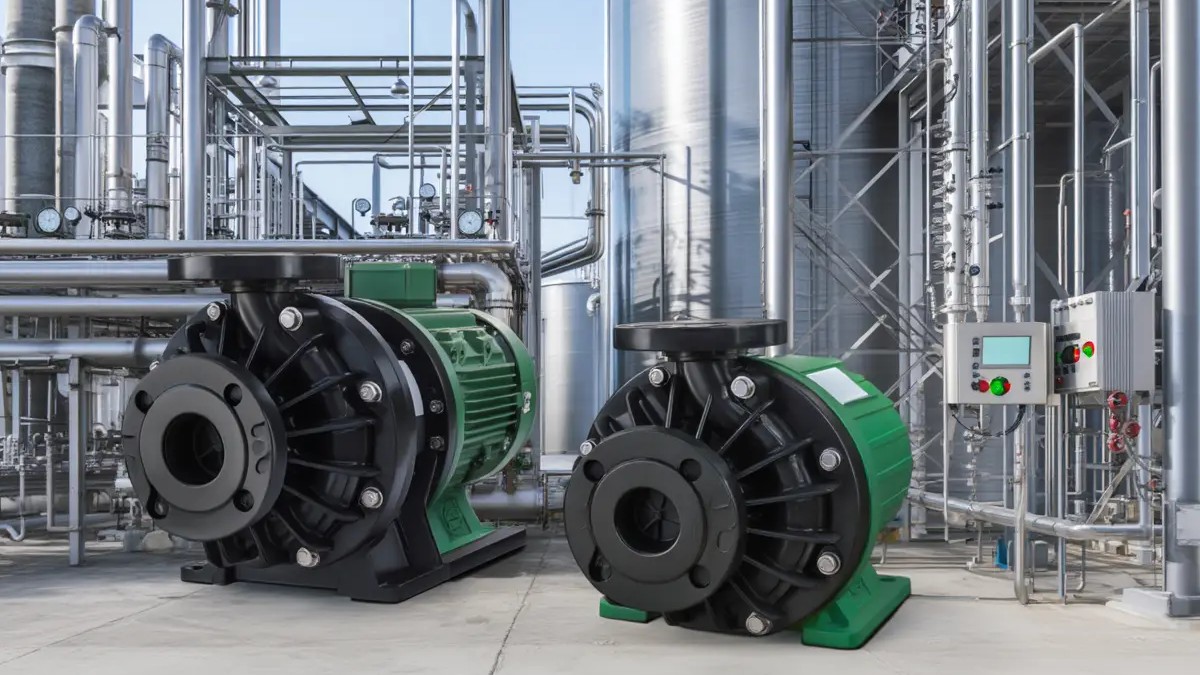
.png)
